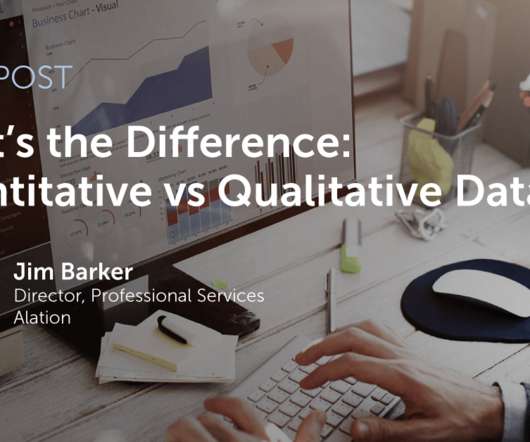How can CIOs Build Business Value with Business Analytics?
Smart Data Collective
JUNE 16, 2022
While we are at it, Gartner’s 2022 report on business composability further pushes the need for analytics. Based on the engagement with the product, the customer experience team, a key part of the CIO’s team has to score customers on these metrics and position them in the growth funnel, also known as the pirate funnel. .














Let's personalize your content